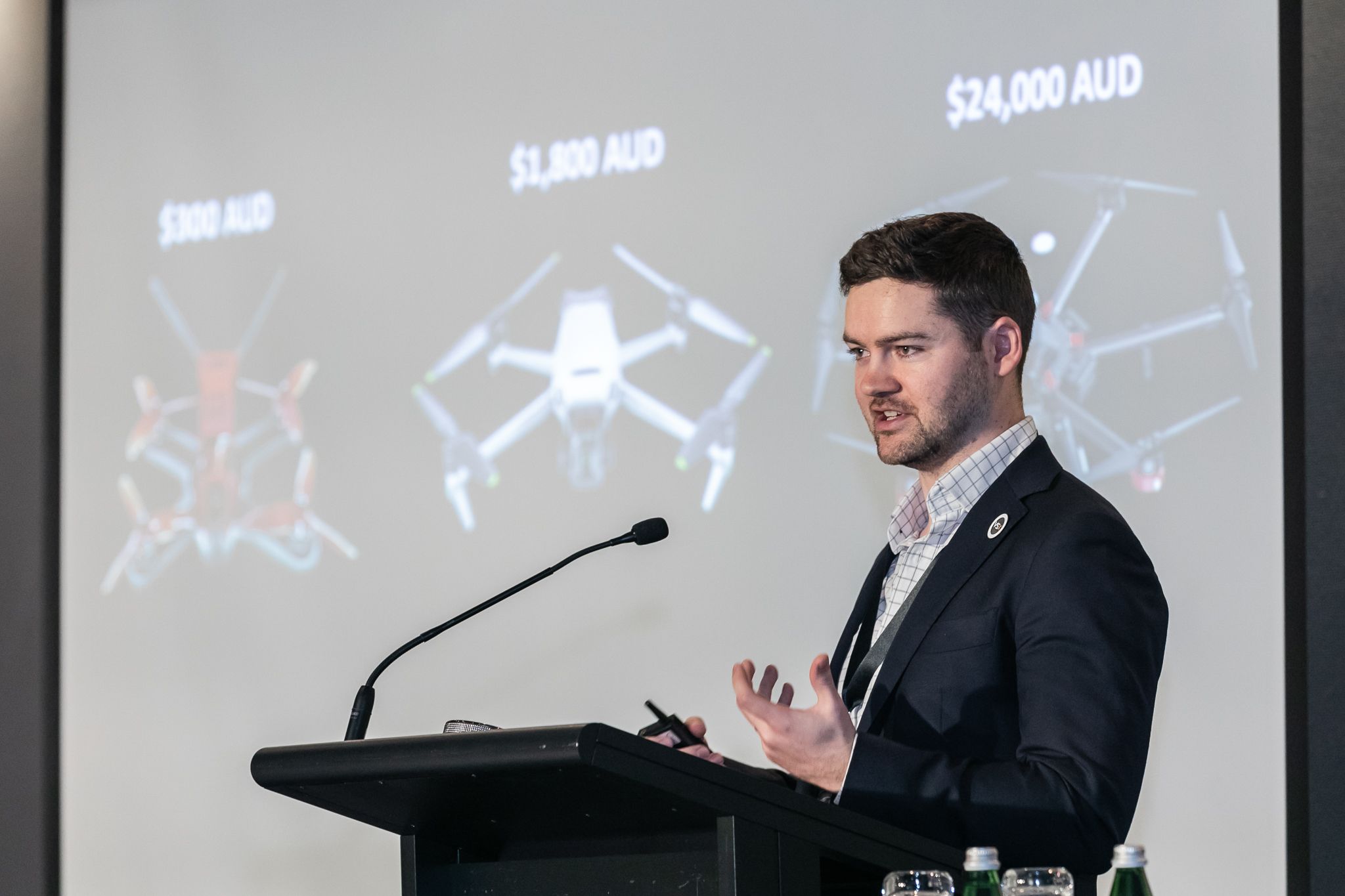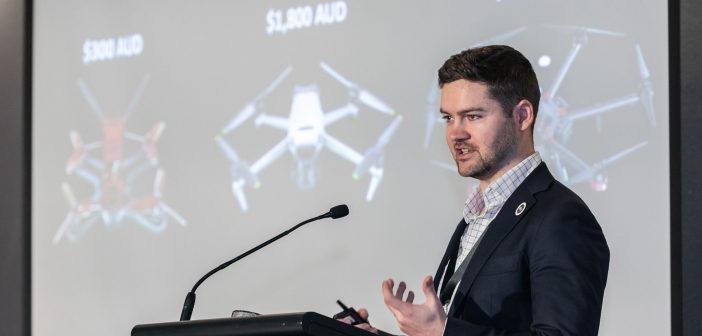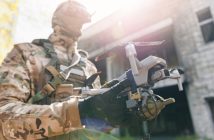
Weaponising drones is easy and something security organisers need to be alert to, says CEO of DroneSec, Mike Monnik, who warns a $600 model can shut down a major sporting event or festival.
Speaking about the nefarious use of drones at the recent Event Safety & Security Exchange (VSX) conference in Sydney, Monnik said many event organisers and security personnel remain unaware of the damage a cheap and accessible can do. That damage ranges from nuisance value to facilitating a terror event.
He says media, particularly social media, plays a significant role in educating drone users about their device’s capabilities. “Terrorists often look at using drones,” Monnik said. “In March, ISIS released their first edition of modern warfare and conducting terrorist attacks with drones. In April, they released their second edition. They posted images showing their drones attacking cricket stadiums in the US and attacking the Paris Olympics. They’re pretexting these attacks and sharing the material, which makes it very easy to identify what drones are good for spraying chemicals and carrying heavy-lift items such as explosives. They are becoming very specific in showing and sharing that guidance.”
Monnik says that information is readily available to any drone user online. “They can buy the same drones, or they can prepare them in very much the same way,” he said to the audience of event security managers and executives. “Fortunately, we haven’t seen any of that in Australia yet, but it’s certainly something we’re keeping in mind.”
Monnik said that during the Covid-19 protests in Melbourne, there was a lot of chatter among organisers about using drones. As a piece of kit, they offered organisers the ability to monitor police on the ground and prevent police helicopters from flying in the area. Some organisers even suggested attaching smoke grenades to drones to drop into building intake vents to gas people out of buildings. Monnik stresses it was just chatter, albeit “interesting chatter.” However, a single drone dropping a smoke grenade in an event crowd could unfold into a major incident.
He said YouTube offered tutorials on building cheap and effective homemade drop mechanisms and how to attach them to drones, making it easy for those so inclined to transport and drop gas, liquids, chemicals, weapons, and contraband. Monnik said drones represented a particular threat to event security because they were inexpensive, easy to source, anonymous, easy to operate, could bypass traditional security screens, and have lethal capabilities.
“Drones don’t have to have operators,” he said. “They can be autonomous and have preplanned routes. They can also use tools like StarLink. If the pilot has a Starlink dish, and they put a Starlink dish on a drone, they can remotely pilot that drone from another country.”
Monnik says event security managers should prepare their teams for possible drone scenarios and should implement protocols for dealing with them. He says even a benign looking drone accidentally dropping a water bottle into a space can be a dry run for something more sinister. As with many other aspects of event security, he warns it pays to be prepared for drones.







